In the dynamic world of glass packaging, the choice of color plays a pivotal role in defining the identity and appeal of your product. At Smilebottles, we understand the significance of this decision and offer an extensive range of glass frit colors to cater to the diverse needs of our customers. In this comprehensive guide, we will delve into the spectrum of glass colors, shedding light on the most common hues and their suitability for various industries.
Table of Contents
ToggleCONTENTS LIST
Section 1 The Palette of Glass Colors
Glass, inherently transparent, gains its vibrant hues through the addition of metal oxides during the manufacturing process. The result is a stunning array of colors that can elevate your packaging to new heights. When considering glass colors for your empty bottles, it’s essential to align them with your brand identity and the expectations of your target audience.
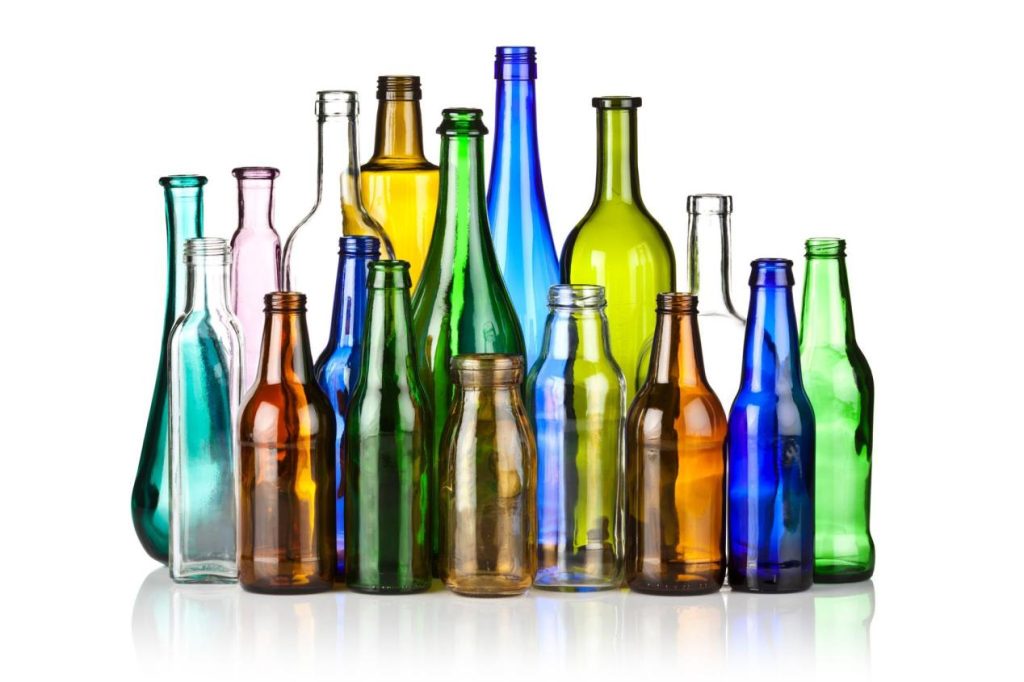
○ Clear Glass: The timeless elegance of clear glass transcends industries, making it a versatile choice for various products. It allows the natural color of the contents to shine through, making it an ideal option for showcasing the purity of your beverages or cosmetic formulations.
○ Amber Glass: With warm, earthy tones, amber glass is a popular choice for packaging in the food and beverage industry. It provides excellent UV protection, making it ideal for products sensitive to light, such as beer and certain cosmetics.
○ Green Glass: Evoking a sense of freshness and health, green glass is often associated with organic and natural products. It is a favorite for packaging beverages like olive oil, wine, and health drinks.
○ Blue Glass: Radiating a sense of calm and serenity, blue glass is a unique choice that stands out on the shelf. It’s commonly used in the cosmetic and skincare industry, adding a touch of luxury to your product.
○ Custom Colors: At Smilebottles, we understand that sometimes, standard colors might not fully align with your brand. That’s why we offer customization options, allowing you to choose a color that perfectly represents your unique identity.
Section 2 Matching Glass Colors to Your Products
Selecting the right glass color for your packaging is a nuanced decision that significantly influences the perception of your products. At Smilebottles, we understand the diverse needs of our clients across various industries. In this section, we’ll explore the suitability of different glass colors for specific product categories, including food jars, beverage bottles, beer bottles, wine bottles, spirit bottles, essential oil bottles, and perfume bottles.
2.1 Clear Glass – A Universal Choice
Food Jars: Clear glass is an excellent choice for food jars, allowing the vibrant colors and textures of the contents to shine through. It’s ideal for showcasing jams, pickles, and other visually appealing food products.
Beverage Bottles: Whether it’s refreshing juices, sparkling water, or iced tea, clear glass is the go-to option. It provides a crystal-clear view of the beverage, enticing consumers with its freshness.
Beer Bottles: While amber glass is commonly associated with beer bottles for its UV protection, clear glass is suitable for lighter beers and those where showcasing the brew’s color is essential.
Wine Bottles: Clear glass is rarely used for wine bottles due to the potential for light exposure. However, it can be suitable for white wines that are best enjoyed young.
Spirit Bottles: Clear glass is often chosen for clear spirits like vodka or gin, allowing consumers to appreciate the liquid’s purity and clarity.
Essential Oil Bottles: Clear glass is a preferred choice for essential oil bottles, offering a transparent canvas to display the natural colors of the oils.
Perfume Bottles: Clear glass is widely used for perfume bottles, providing an elegant and timeless presentation for a variety of fragrance types.
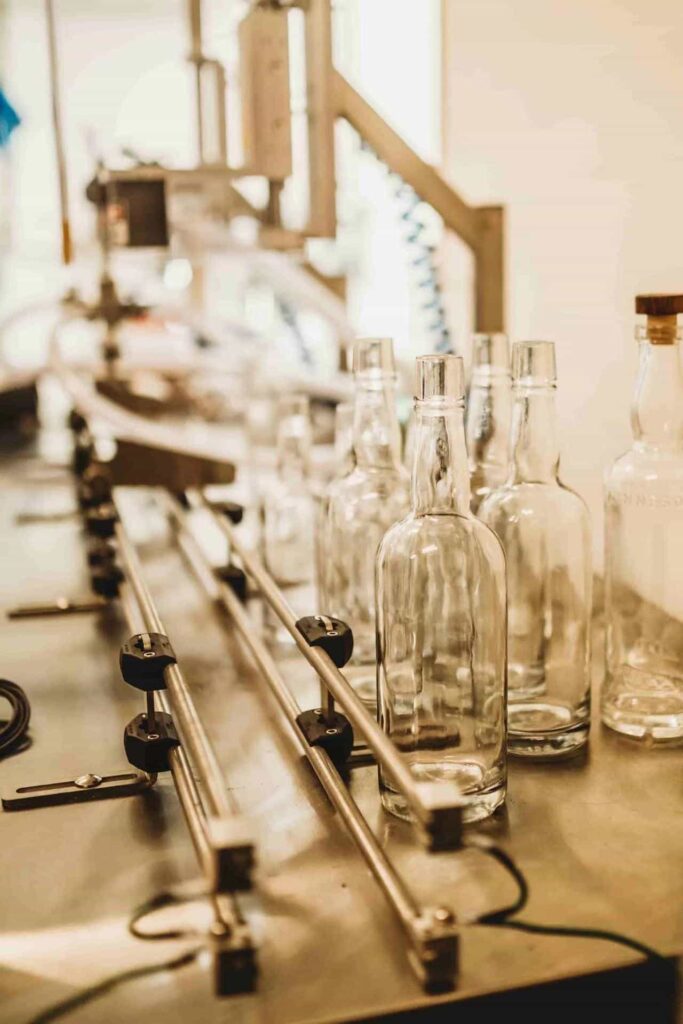
2.2 Amber Glass – Protection for Delicate Contents
Food Jars: Amber glass is suitable for storing light-sensitive food products, such as honey or certain spices, preserving their quality.
Beverage Bottles: Amber glass is a popular choice for bottling craft beers, protecting them from harmful UV rays that can alter the beer’s flavor.
Beer Bottles: Amber glass is the standard for beer bottles, offering excellent UV protection and preserving the beer’s freshness.
Wine Bottles: Amber glass is rarely used for wine bottles, as it may impact the wine’s visual appeal. However, it can be considered for wines that don’t require a clear presentation.
Spirit Bottles: Amber glass is less common for spirits, but it can be chosen for products that benefit from UV protection or a unique aesthetic.
Essential Oil Bottles: Amber glass is a preferred choice for essential oils, safeguarding them from light and maintaining their potency.
Perfume Bottles: Amber glass can be used for certain perfumes where protection from light is crucial, adding a touch of sophistication to the packaging.
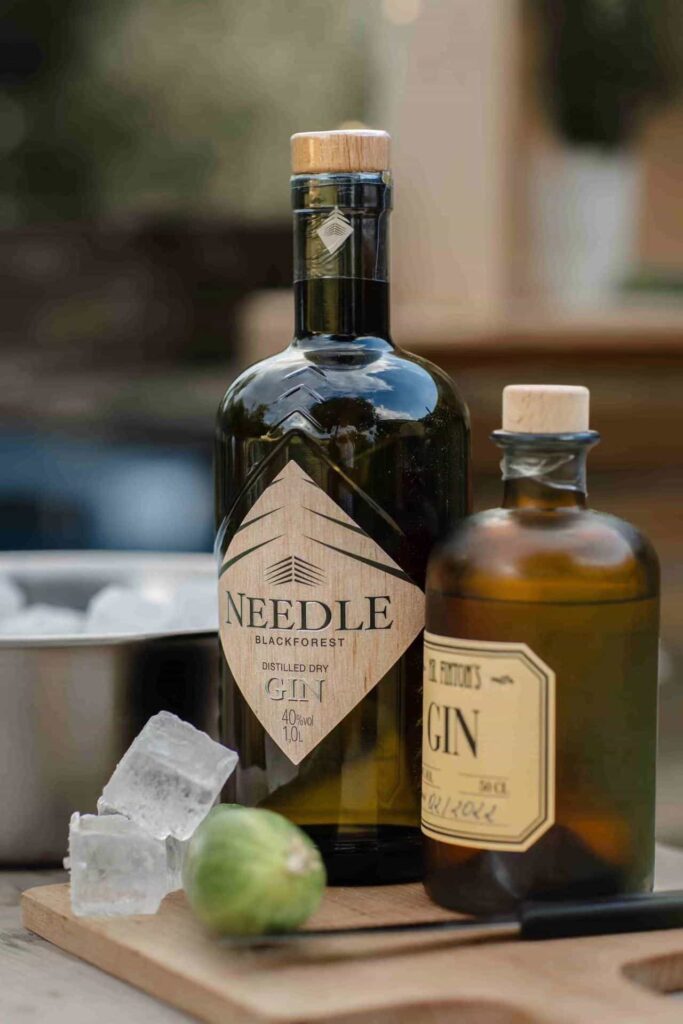
2.3 Green Glass – Fresh and Distinctive
Food Jars: Green glass can be used for specialty food products, providing a unique and eye-catching packaging option.
Beverage Bottles: Green glass is often associated with natural and organic beverages, conveying a sense of freshness.
Beer Bottles: Green glass is a classic choice for certain beer styles, contributing to the beer’s distinct appearance.
Wine Bottles: Green glass is widely used for white and sparkling wines, offering moderate UV protection and a classic aesthetic.
Spirit Bottles: Green glass is a popular choice for various spirits, especially those with an herbal or botanical profile.
Essential Oil Bottles: Green glass adds a touch of elegance to essential oil packaging, making it suitable for premium products.
Perfume Bottles: Green glass can be selected for perfumes where unique and distinctive packaging is desired.
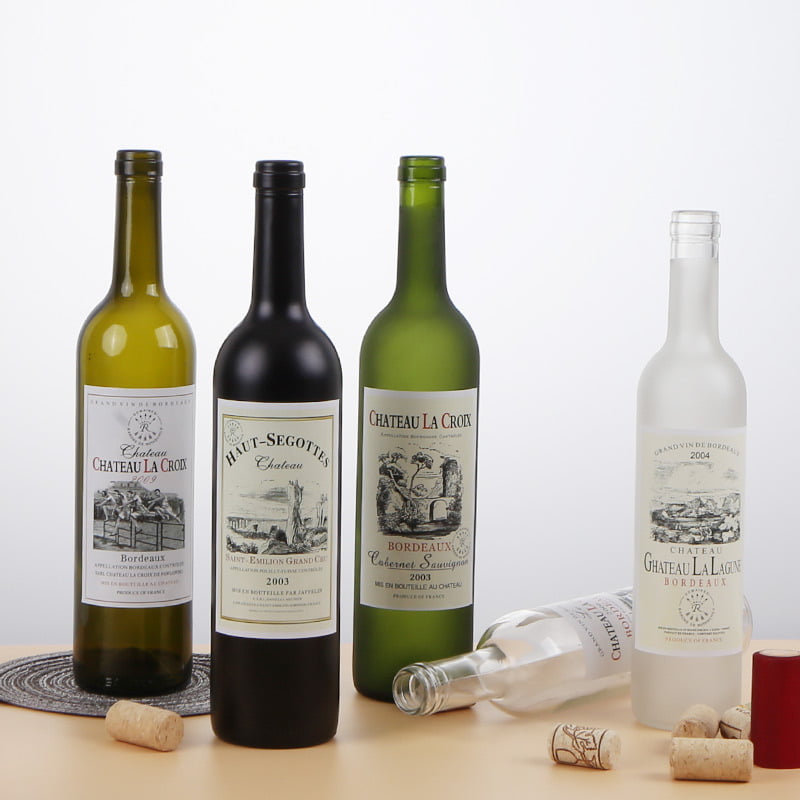
2.4 Blue Glass – A Calm and Luxurious Option
Food Jars: Blue glass can be used for specialty food products, creating a luxurious and upscale packaging option.
Beverage Bottles: Blue glass is a unique choice for premium and niche beverages, standing out on the shelf.
Beer Bottles: Blue glass is less common for beer bottles but can be considered for specialty or limited-edition brews.
Wine Bottles: Blue glass is rarely used for traditional wine bottles but can be employed for unique and artistic wine packaging.
Spirit Bottles: Blue glass is a captivating option for premium spirits, adding a touch of sophistication to the packaging.
Essential Oil Bottles: Blue glass is suitable for essential oils that benefit from protection against light, providing a stylish packaging solution.
Perfume Bottles: Blue glass can be chosen for perfumes where a sense of calm and luxury is desired, enhancing the overall aesthetic.
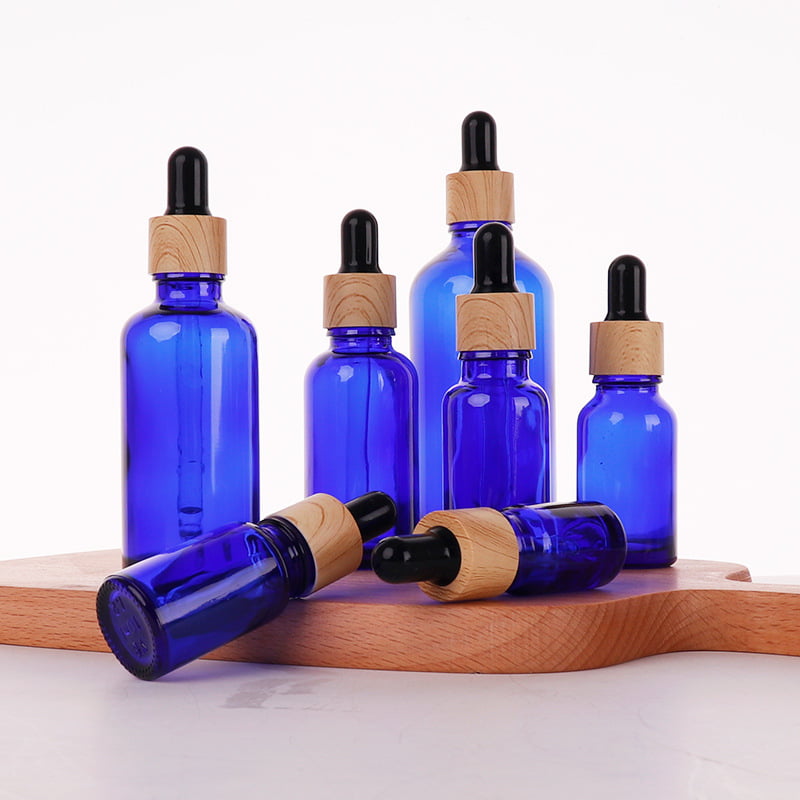
Conclusion
In the world of glass packaging, color choice is a critical aspect that goes beyond aesthetics. It influences the perceived quality, freshness, and identity of your products. For any of the mentioned categories, custom colors provide an opportunity to align your packaging with your brand’s unique identity.v Whether you’re aiming for a specific Pantone shade or a color that symbolizes your brand, Smilebottles offers customization options to bring your vision to life.
For personalized assistance in choosing the right glass color for your products, contact us at sales@smilebottles.com.










